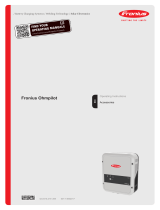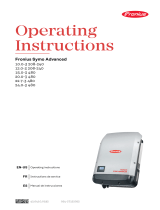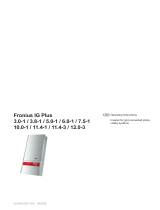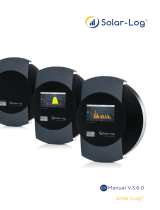
Any safety devices that are not functioning properly must be repaired by an au-
thorized specialist before the device is switched on.
Never bypass or disable protection devices.
For the location of the safety and danger notices on the device, refer to the sec-
tion headed “General” in the Operating Instructions for the device.
Any equipment malfunctions which might impair safety must be remedied imme-
diately before the device is turned on.
Your personal safety is at stake!
Environmental
conditions
Operation or storage of the device outside the stipulated area will be deemed as
not in accordance with the intended purpose. The manufacturer accepts no liab-
ility for any damage resulting from improper use.
Qualified per-
sonnel
The servicing information contained in these Operating Instructions is intended
only for the use of qualified service engineers. An electric shock can be fatal. Do
not carry out any actions other than those described in the documentation. This
also applies to qualified personnel.
All cables and leads must be secured, undamaged, insulated, and adequately di-
mensioned. Loose connections, scorched, damaged, or under-dimensioned
cables and leads must be repaired immediately by an authorized specialist.
Maintenance and repair work must only be carried out by an authorized special-
ist.
It is impossible to guarantee that externally (aka, third-party) procured parts are
designed and manufactured to meet the demands made on them, or that they
satisfy safety requirements. Use only original spare parts (also applies to stand-
ard parts).
Do not carry out any alterations, installations, or modifications to the device
without first obtaining the manufacturer's permission.
Components that are not in perfect condition must be changed immediately.
Copyright Copyright of these Operating Instructions remains with the manufacturer.
Text and illustrations were accurate at the time of printing. Fronius reserves the
right to make changes. The contents of the Operating Instructions shall not
provide the basis for any claims whatsoever on the part of the purchaser. If you
have any suggestions for improvement, or can point out any mistakes that you
have found in the Operating Instructions, we will be most grateful for your com-
ments.
Data backup The user is responsible for backing up any changes made to the factory settings.
The manufacturer accepts no liability for any deleted personal settings.
FCC / RSS Com-
pliance
FCC
This device corresponds to the limit values for a digital device of class B in ac-
5
EN-US





























